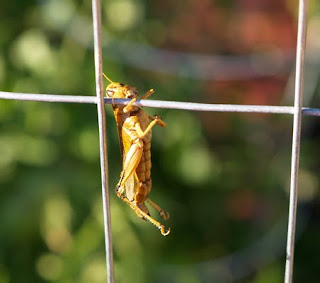
For the first time, Andra and I bought a share in a CSA this summer. It was probably overdue, as we’ve been publishing stories about community supported agriculture in just about every issue of Zone 4. As chef Steve Kuntz of Montana Epicurean (see Zone 4 No. 4) explained to the Gallatin Women’s Club during a recent talk on local food, buying a share in a CSA is an investment in a farm. You become a partner, advancing the funds the farmer needs to purchase seeds, fertilizer, and equipment for a successful growing season.
One woman at that meeting, who’d previously joined a CSA, said driving to the farm to pick up her box of produce each week wasn’t particularly convenient. Another said bad weather had caused the farmer to lose crop and so she hadn’t received as much food as expected. In response, all Steve could say to the first woman was that seeing where your food is grown is part of the CSA experience, and that many farmers also offer pickups in town for those on tighter schedules. As for the second woman’s experience, shareholders are at the same risk as the farmer. Some years are better than others. As an investor, you help assure the farmer another year in business.
We invested in 3 Fiddles Farm, run by Karin and Matthew Broughton in Bridger Canyon, north of Bozeman (learn more about this young couple in the fall issue of Zone 4). This is only their second year, but we were impressed with what they grew last year, and with their infectious enthusiasm. Karin, just a wisp, spends all day in the fields, bundled up tight from the hot sun with canvas hat, sunglasses, long pants, and long sleeves. She loves giving tours, bouncing among the rows, peeking under covers, and pointing out every variety. This year they got a grant to reduce the cost of a hoop house, which will allow them to expand their offerings both in terms of species and duration.
This week was their first harvest. We drove out to the farm during the appointed hours (late in the afternoon, to give Karin time to harvest, rinse, and package everything. She waited in a shady area near a seasonal stream, keeping the vegetables as cool as possible. Here’s what was in our box:
½ pound Gourmet lettuce
½ pound Hot Shot spicy mustard greens
1-1/2 pounds Hakurei turnips
Bunch of French Breakfast and Cherry Belle radishes
Bunch of green garlic
Mojito mint
Karin recommends eating the turnips raw or slightly steamed, sautéed, or added to stir fries. “And the greens are fabulous, too,” she adds, “raw or cooked in combination with mustard greens or alone.”
We have a pretty diversified palette, but have never sautéed Hakurei turnips, so this will be something new for us. Not only does participating in a CSA give you fresh, local, food, it can introduce you to new and exciting tastes. Excuse me while I sharpen the big kitchen knife!
—Dan Spurr





